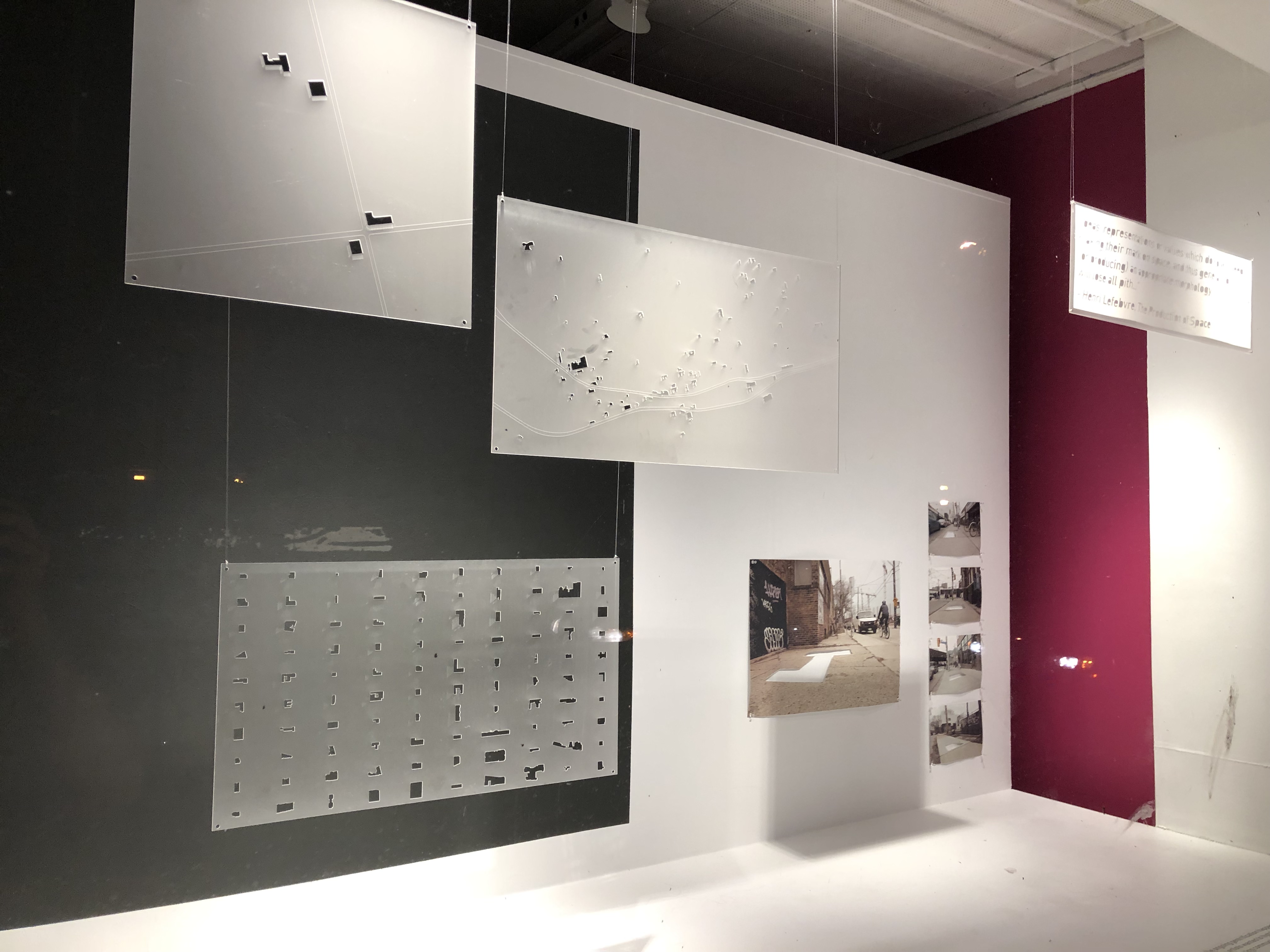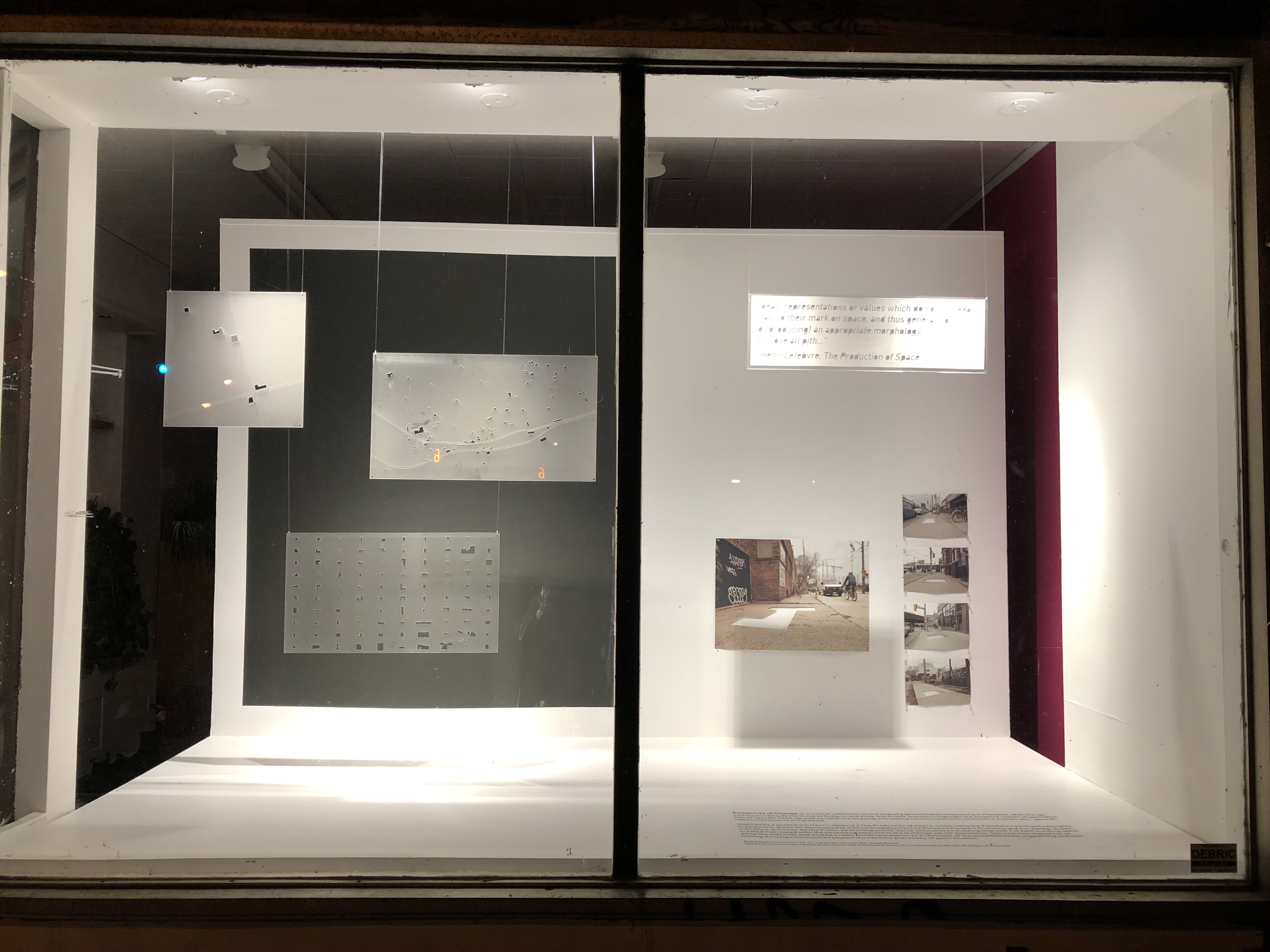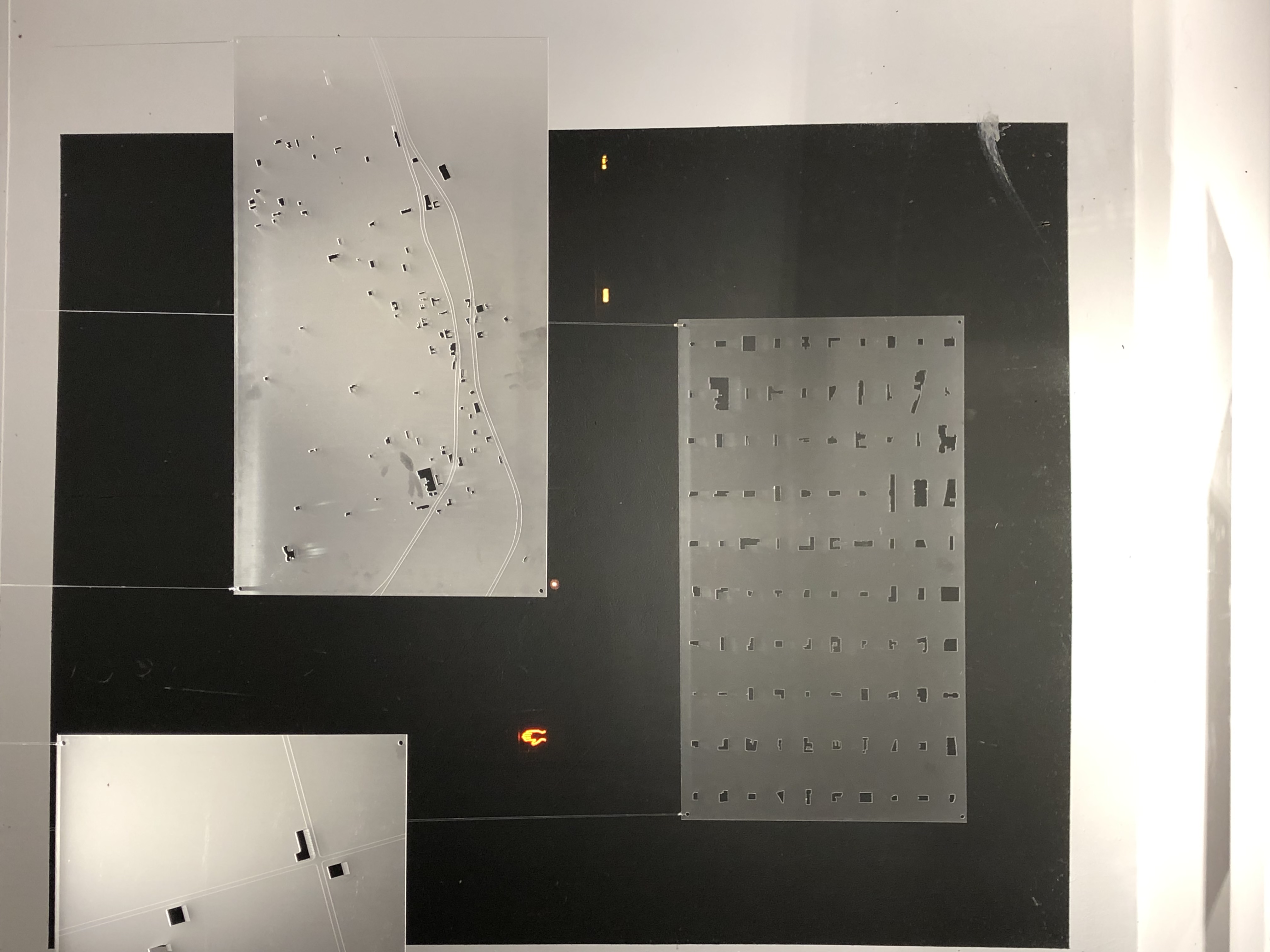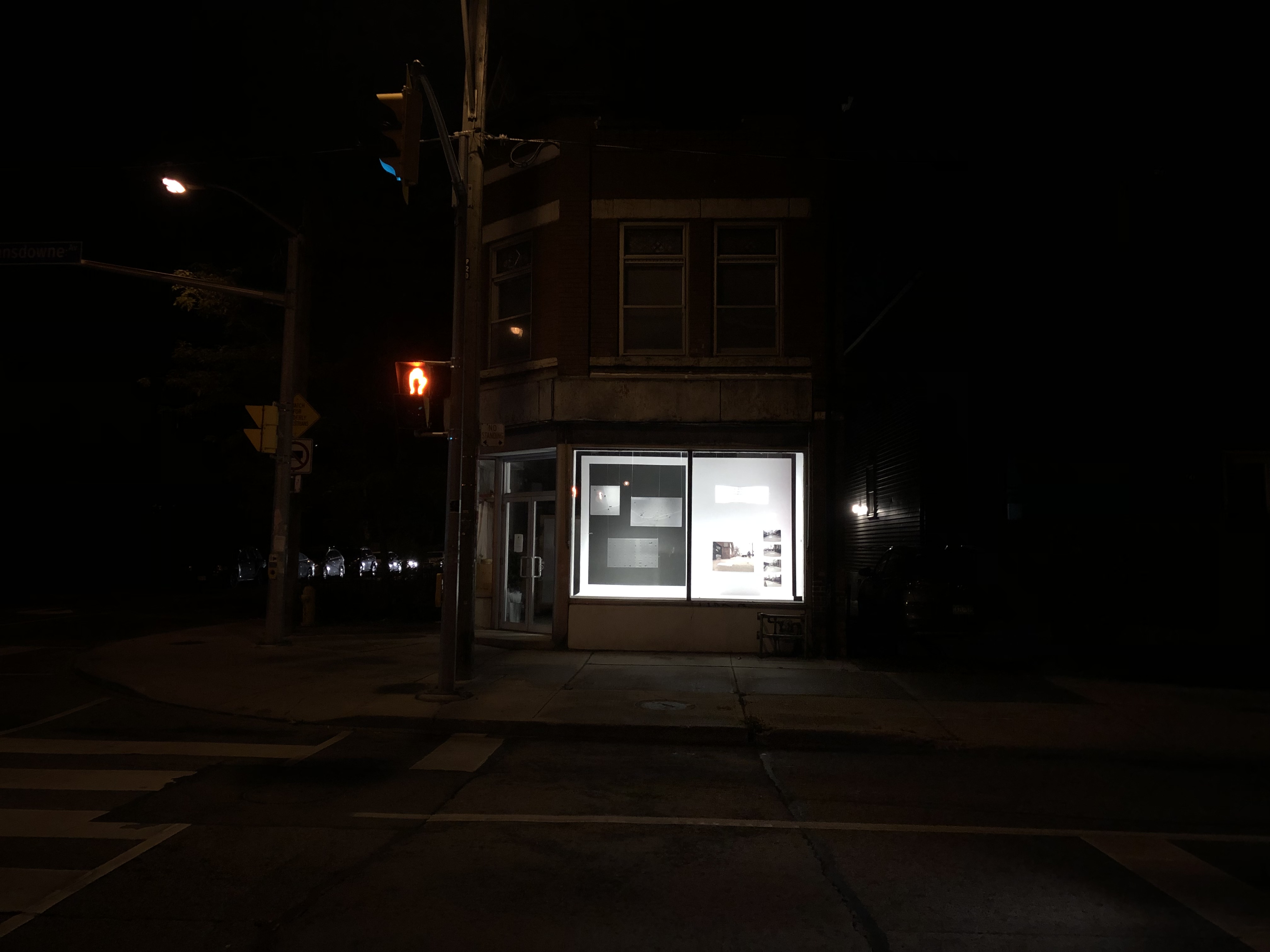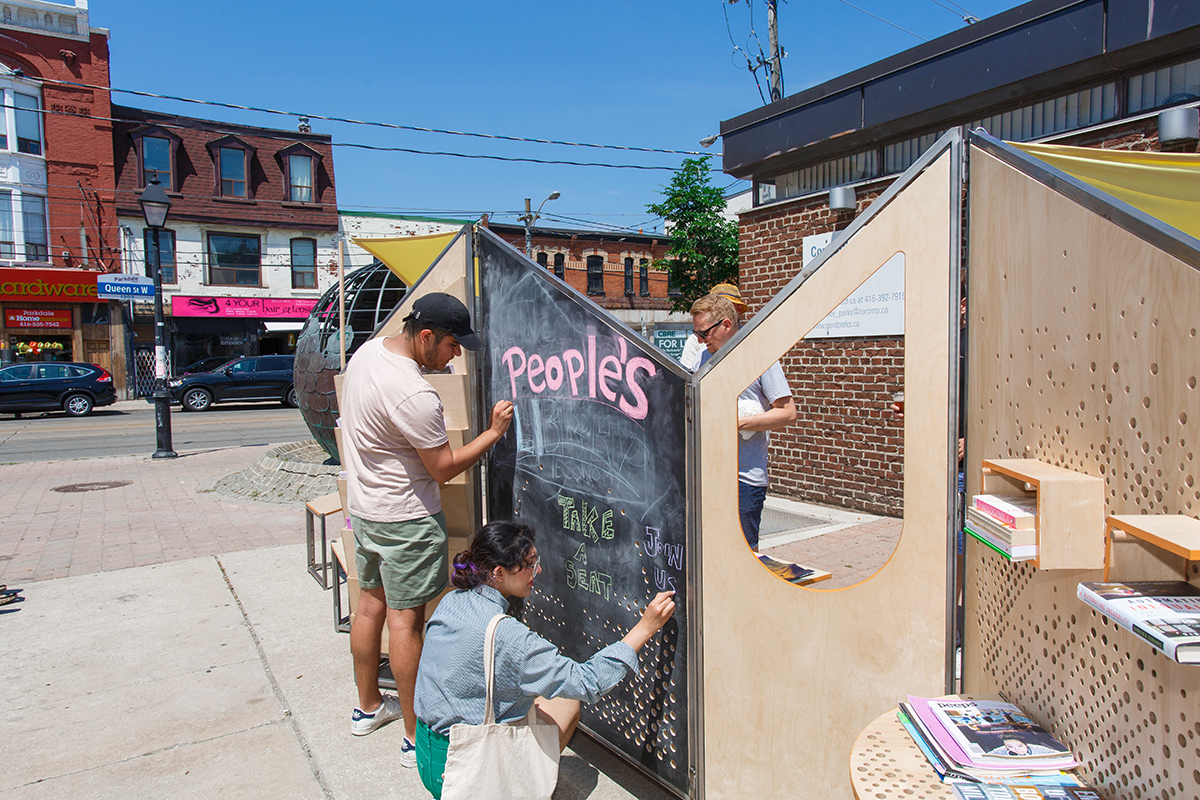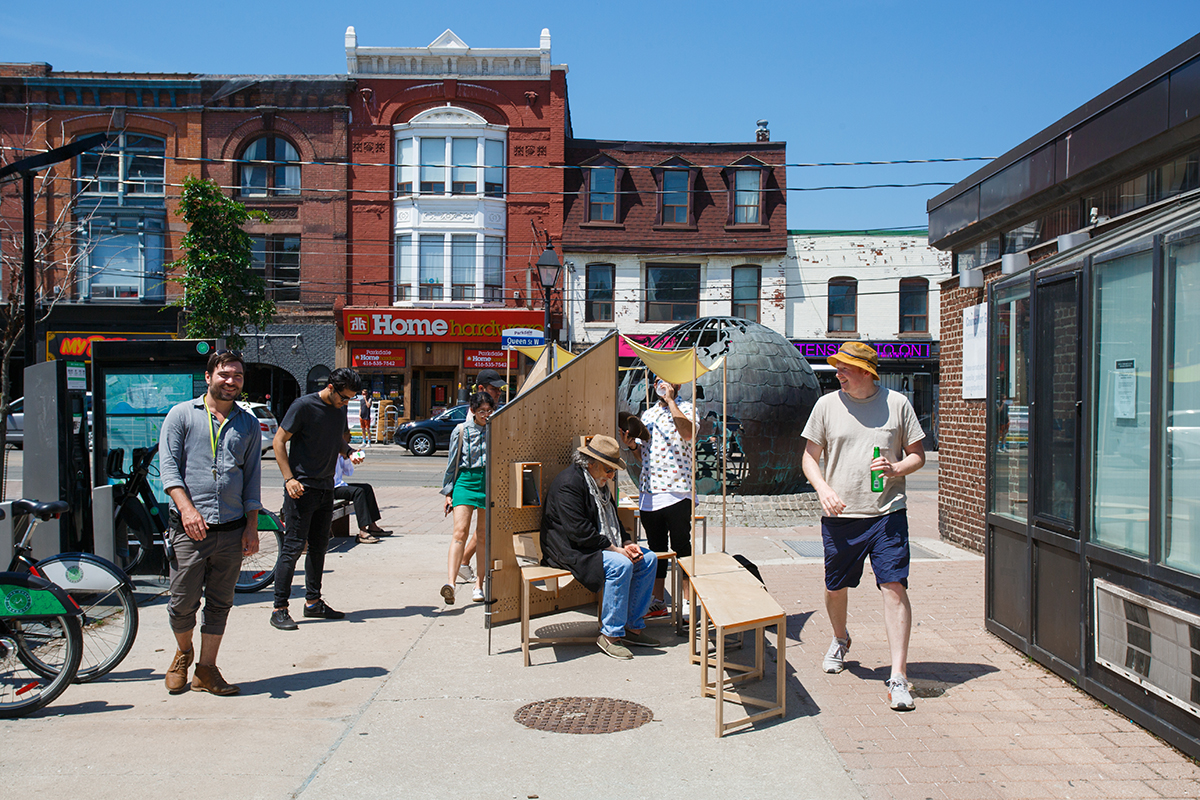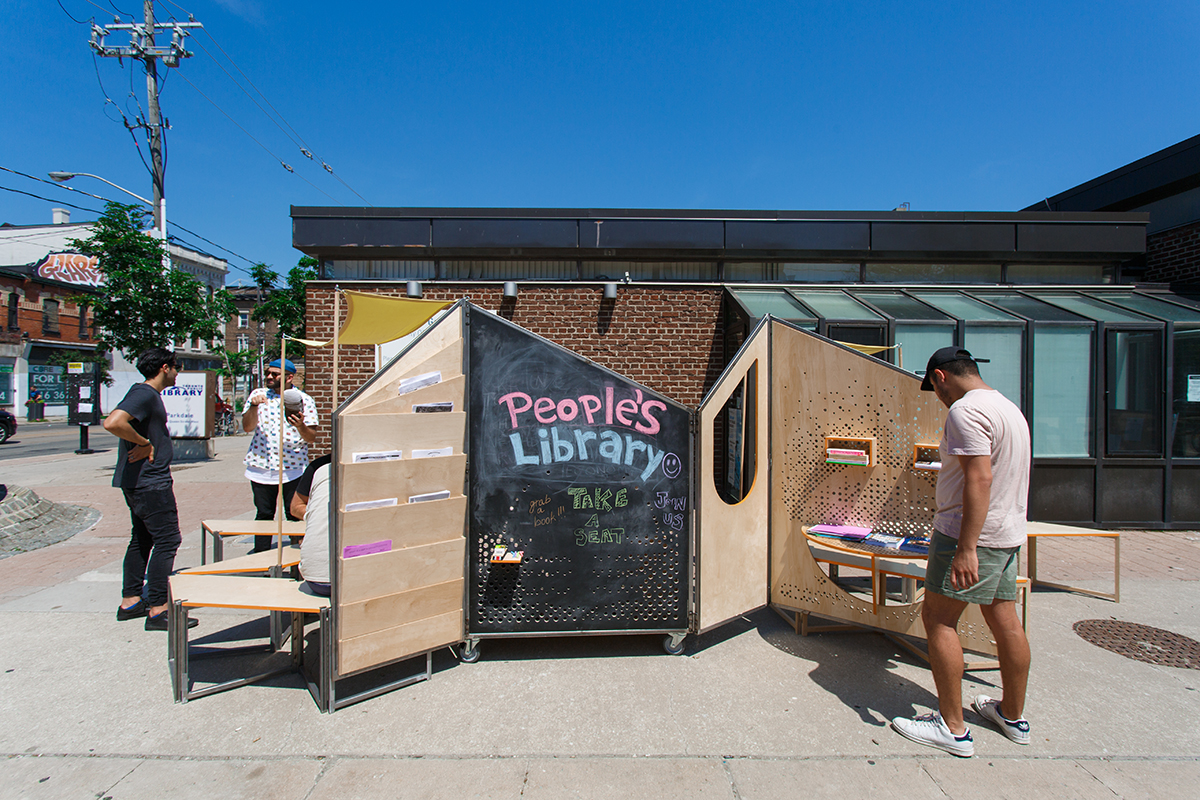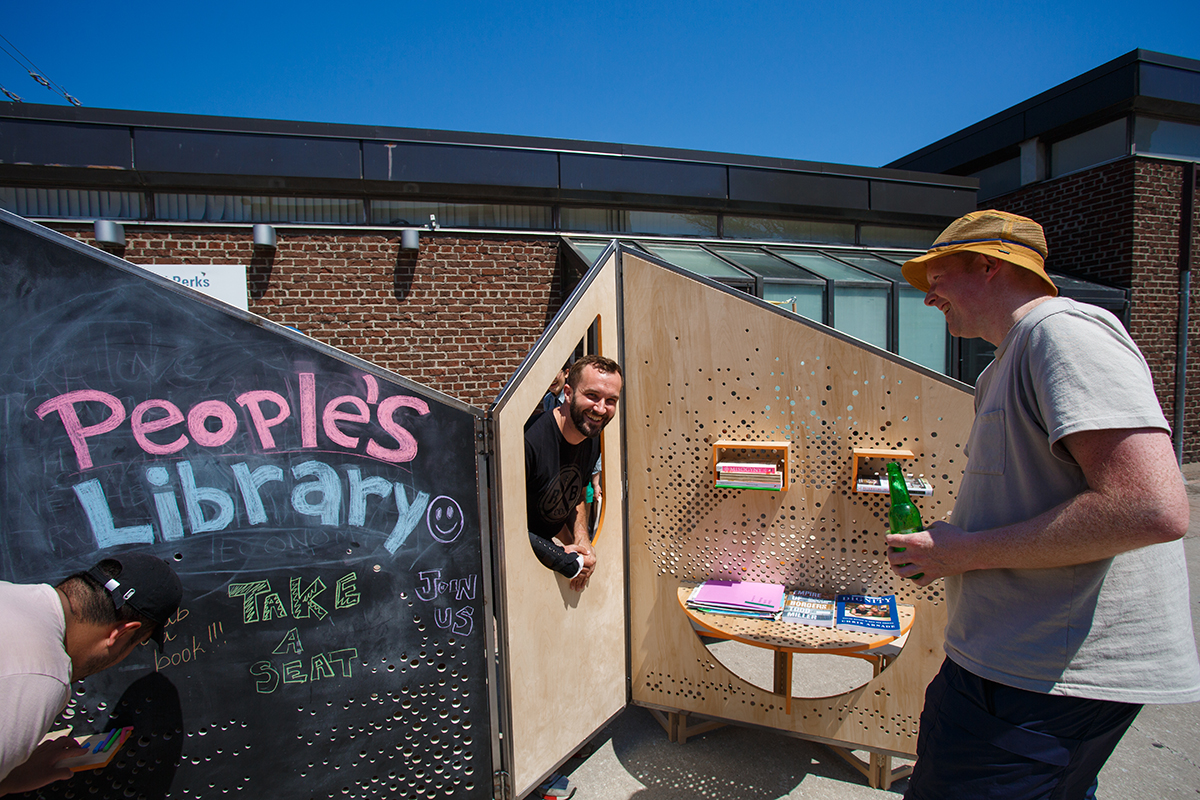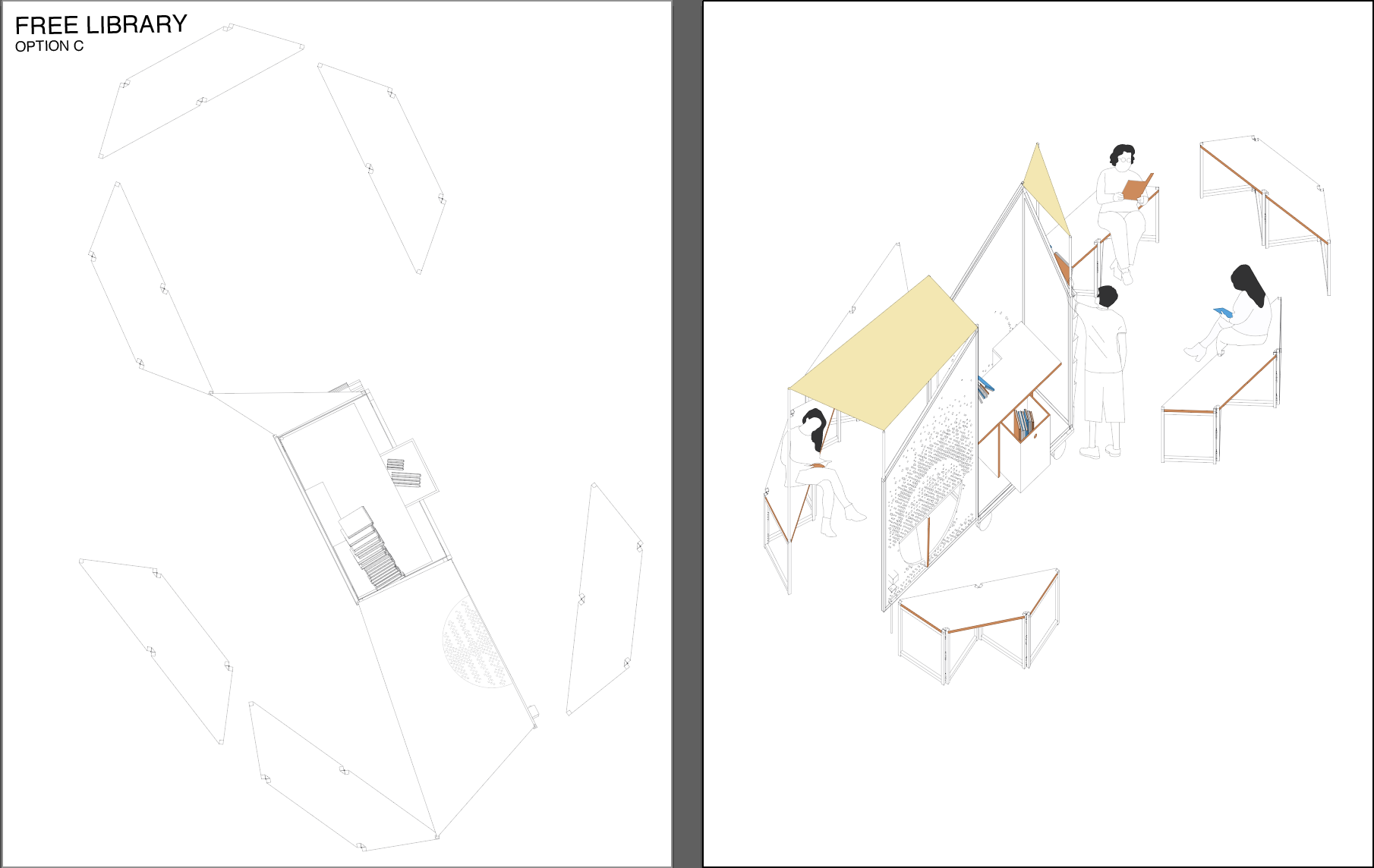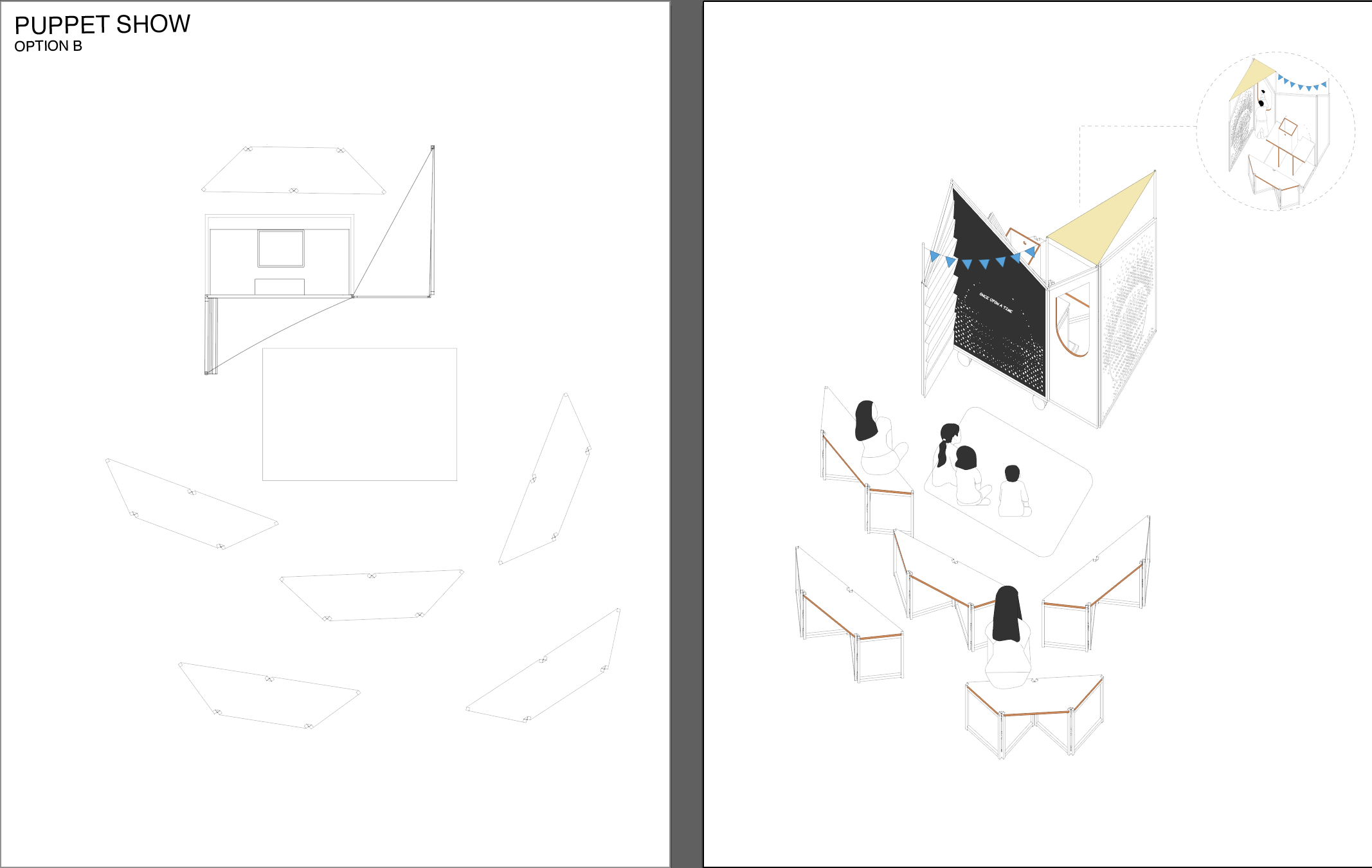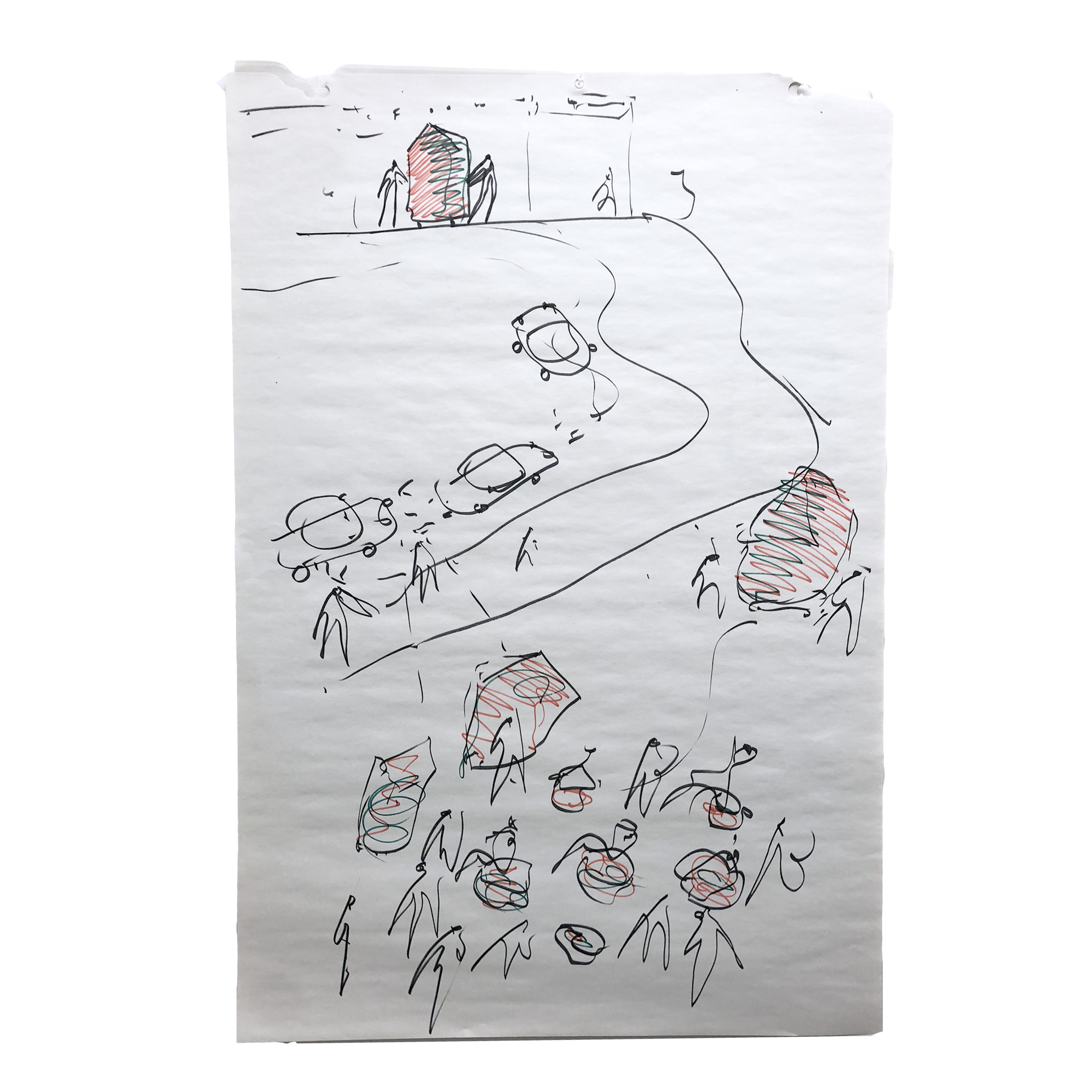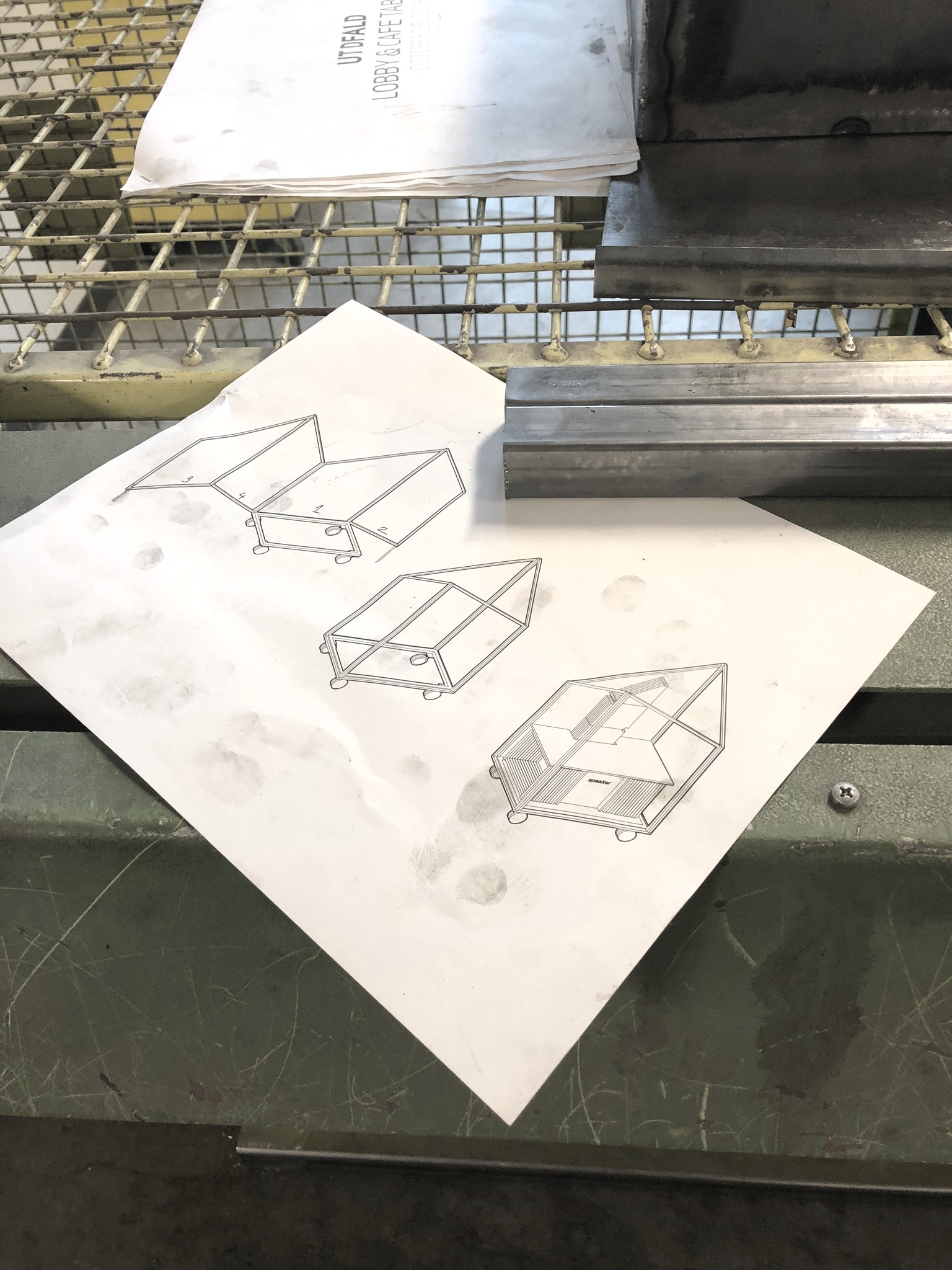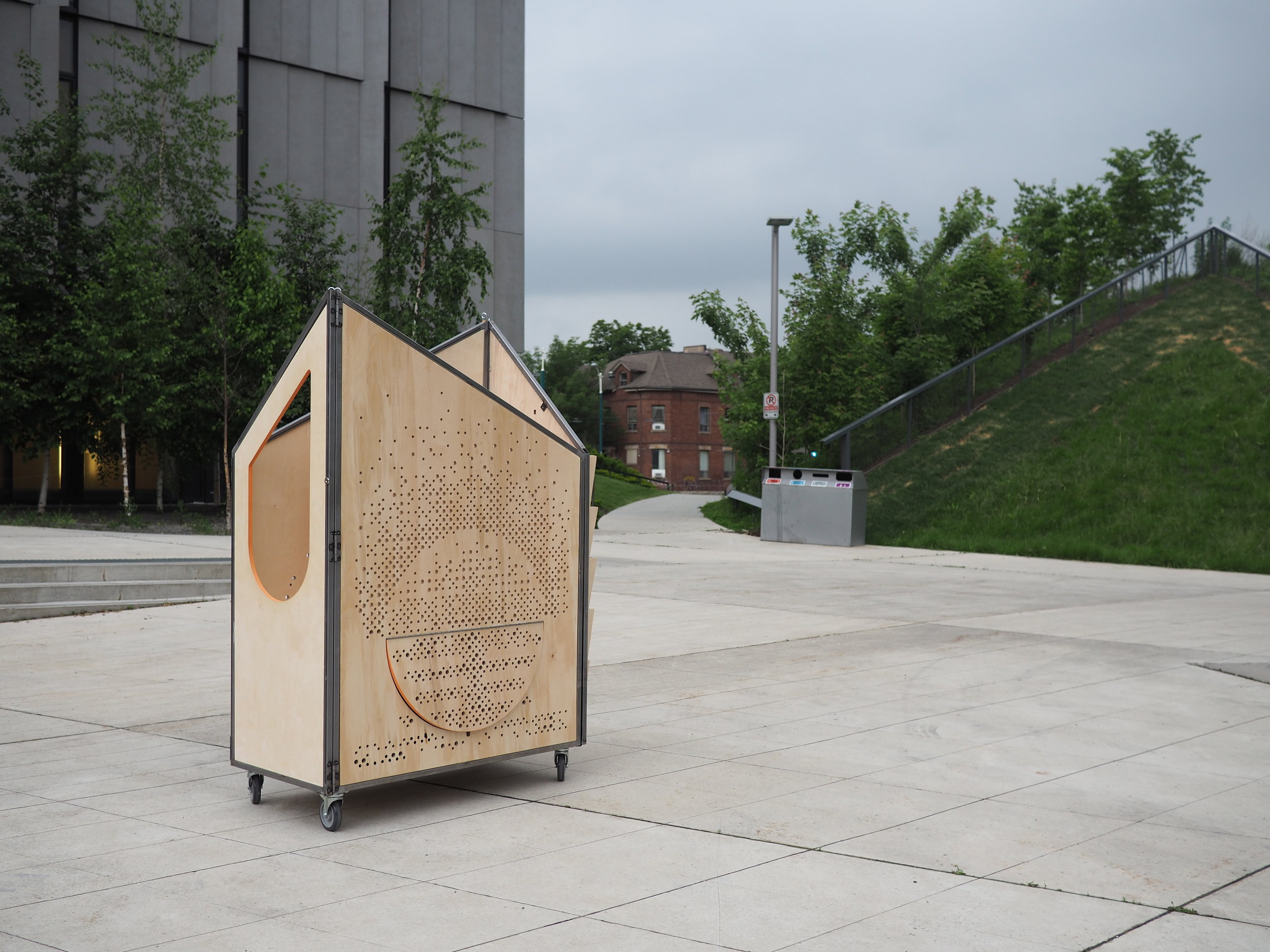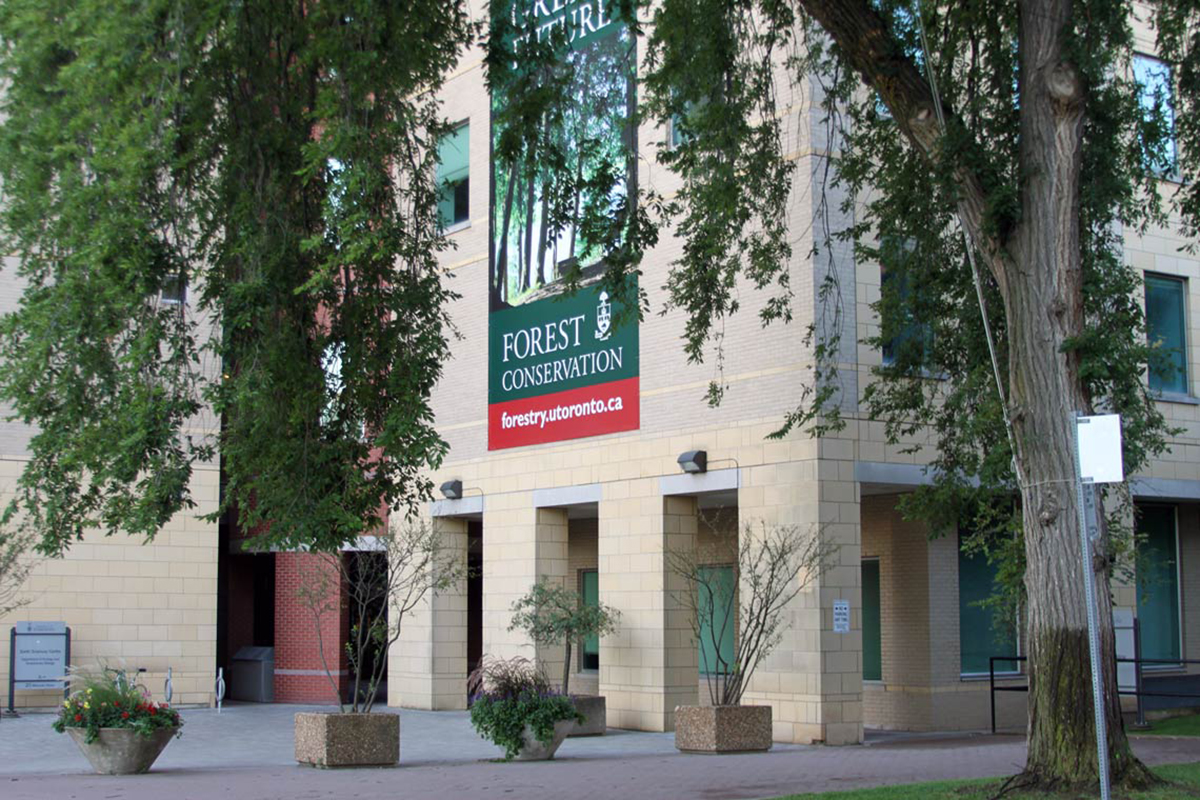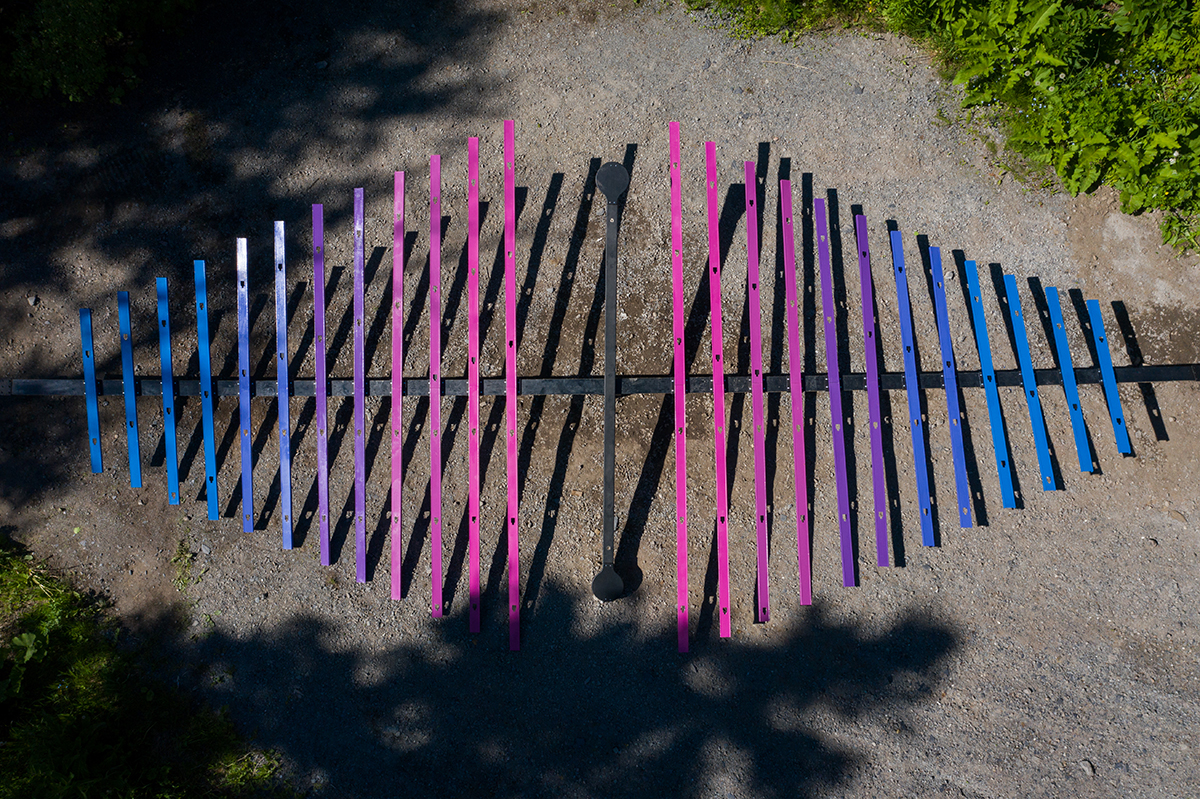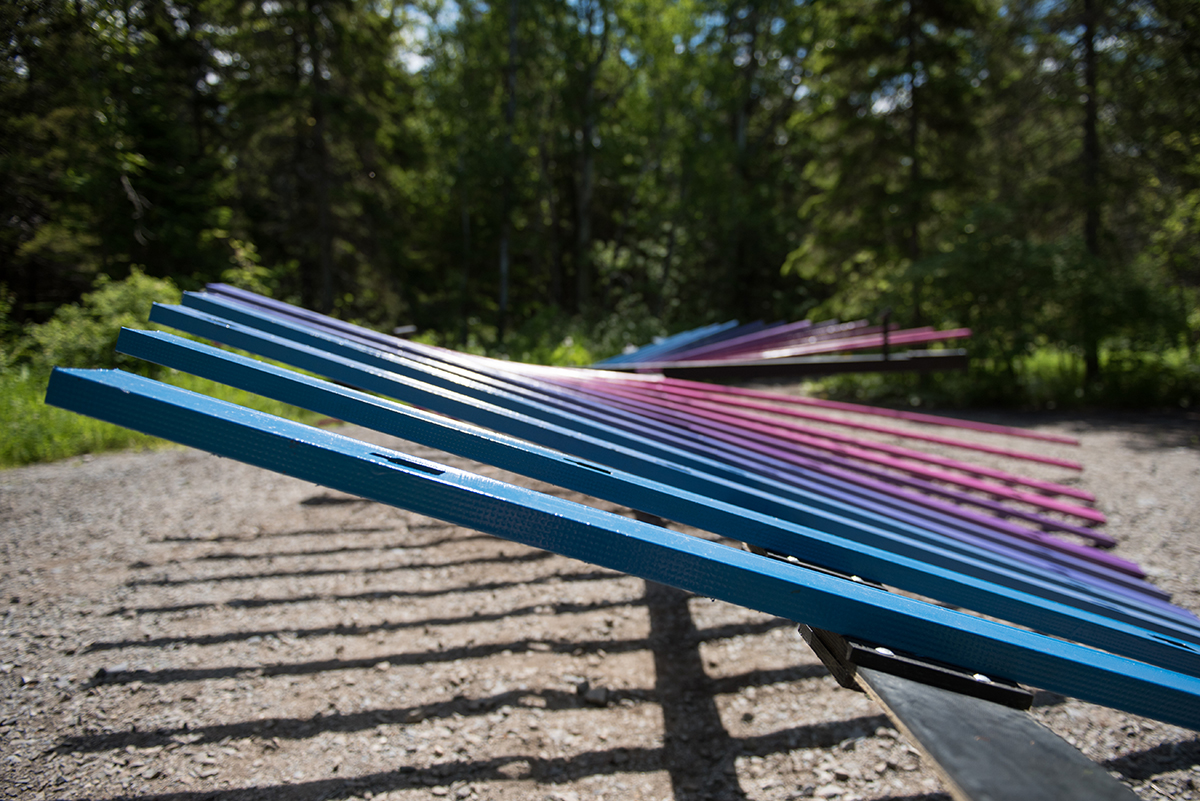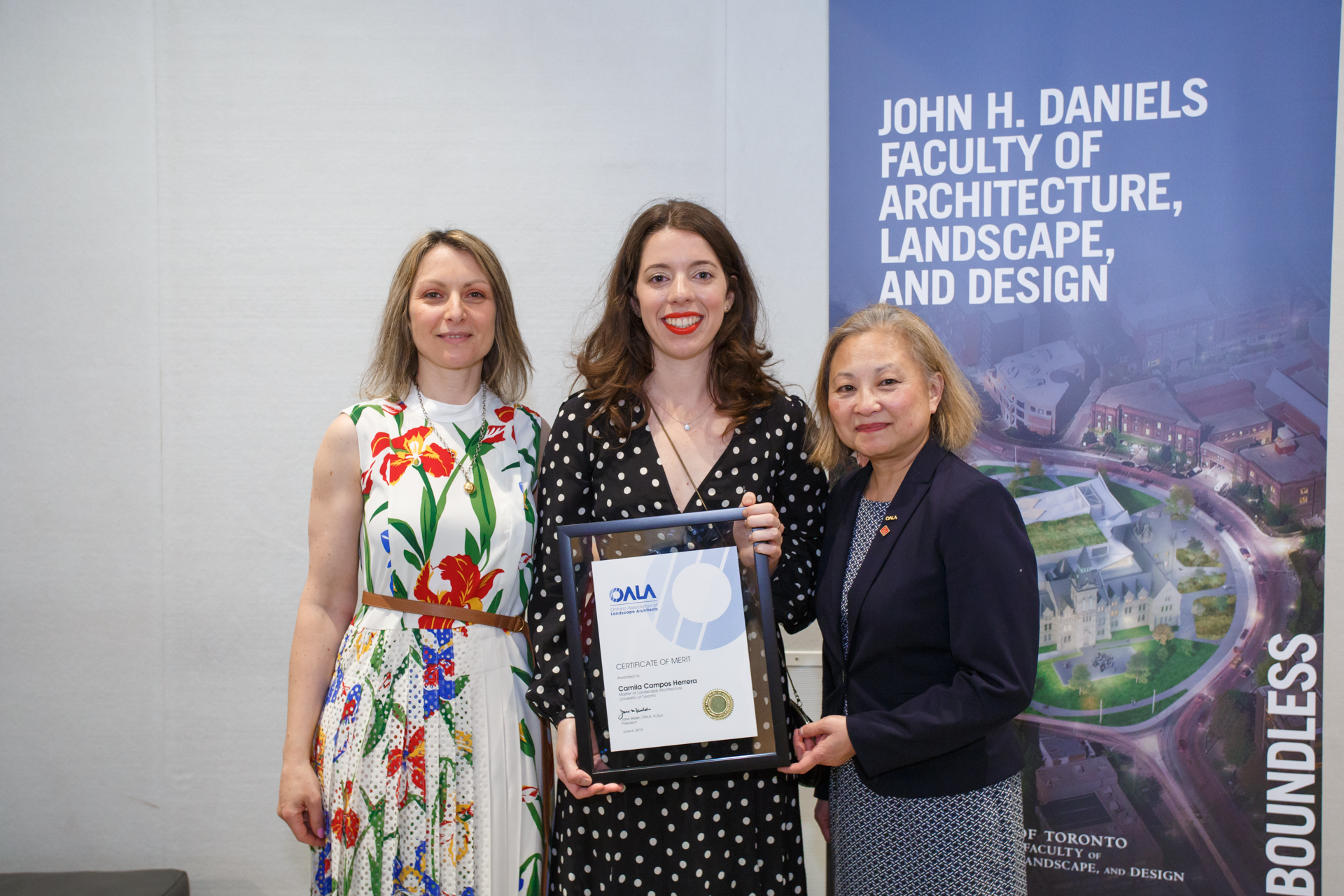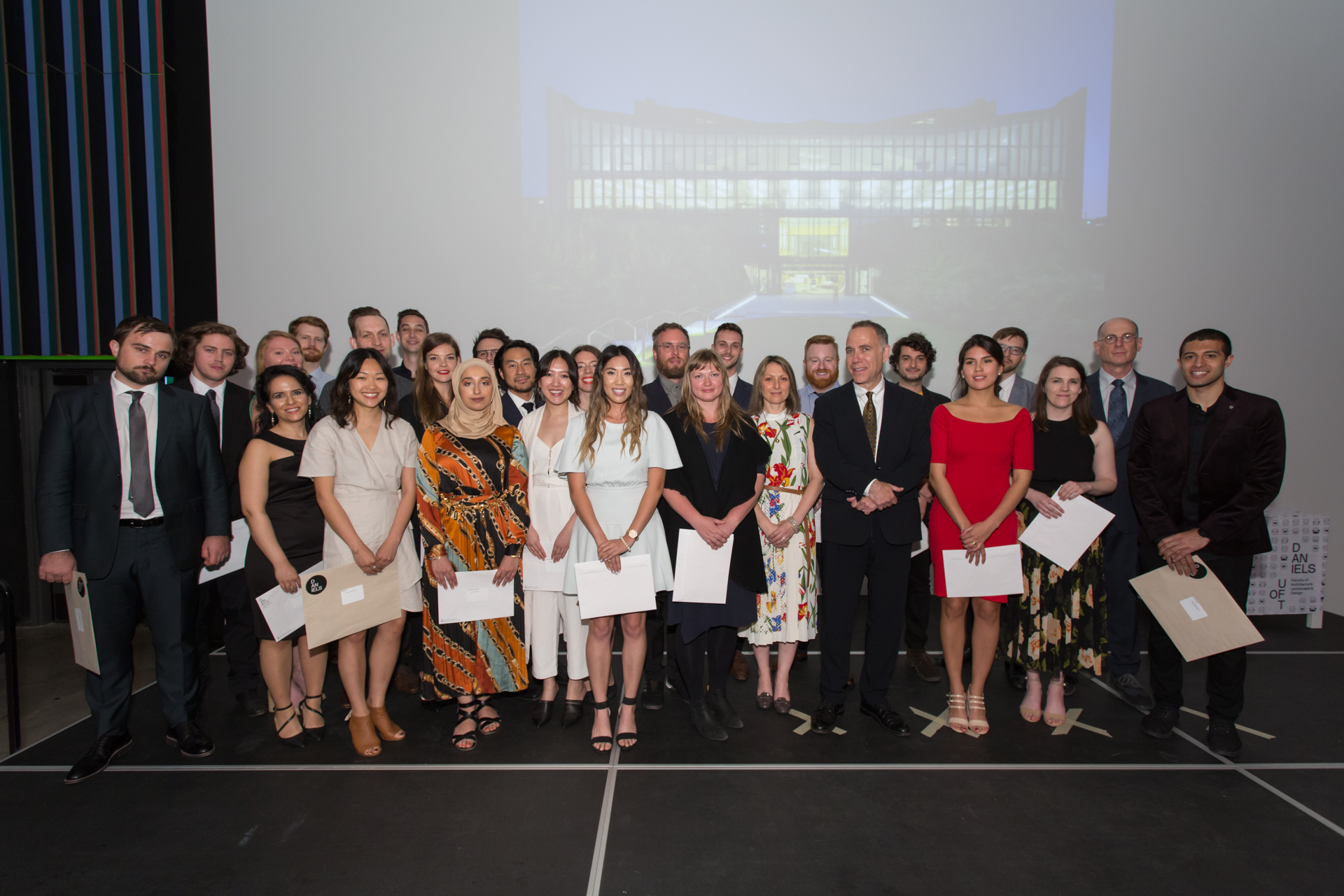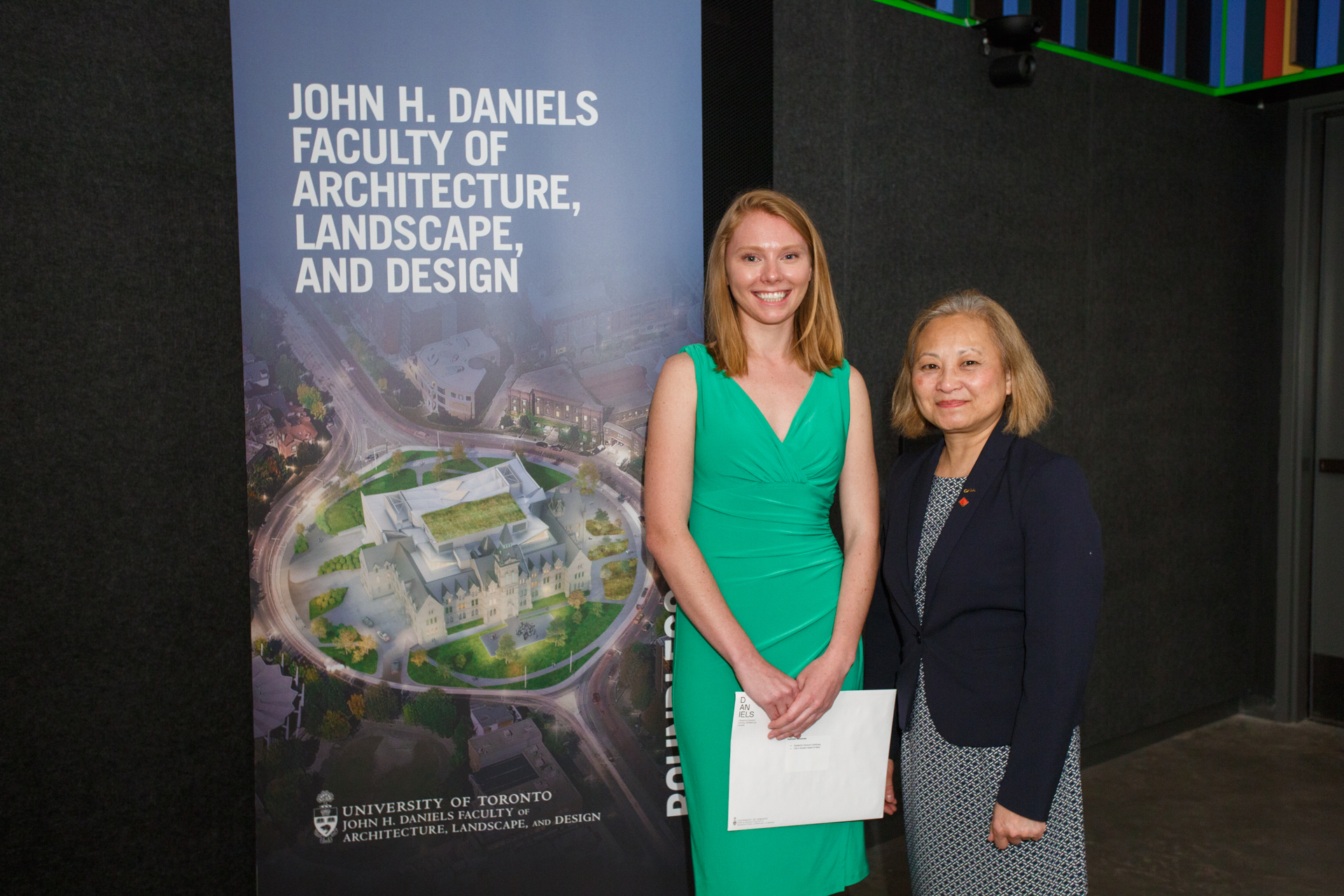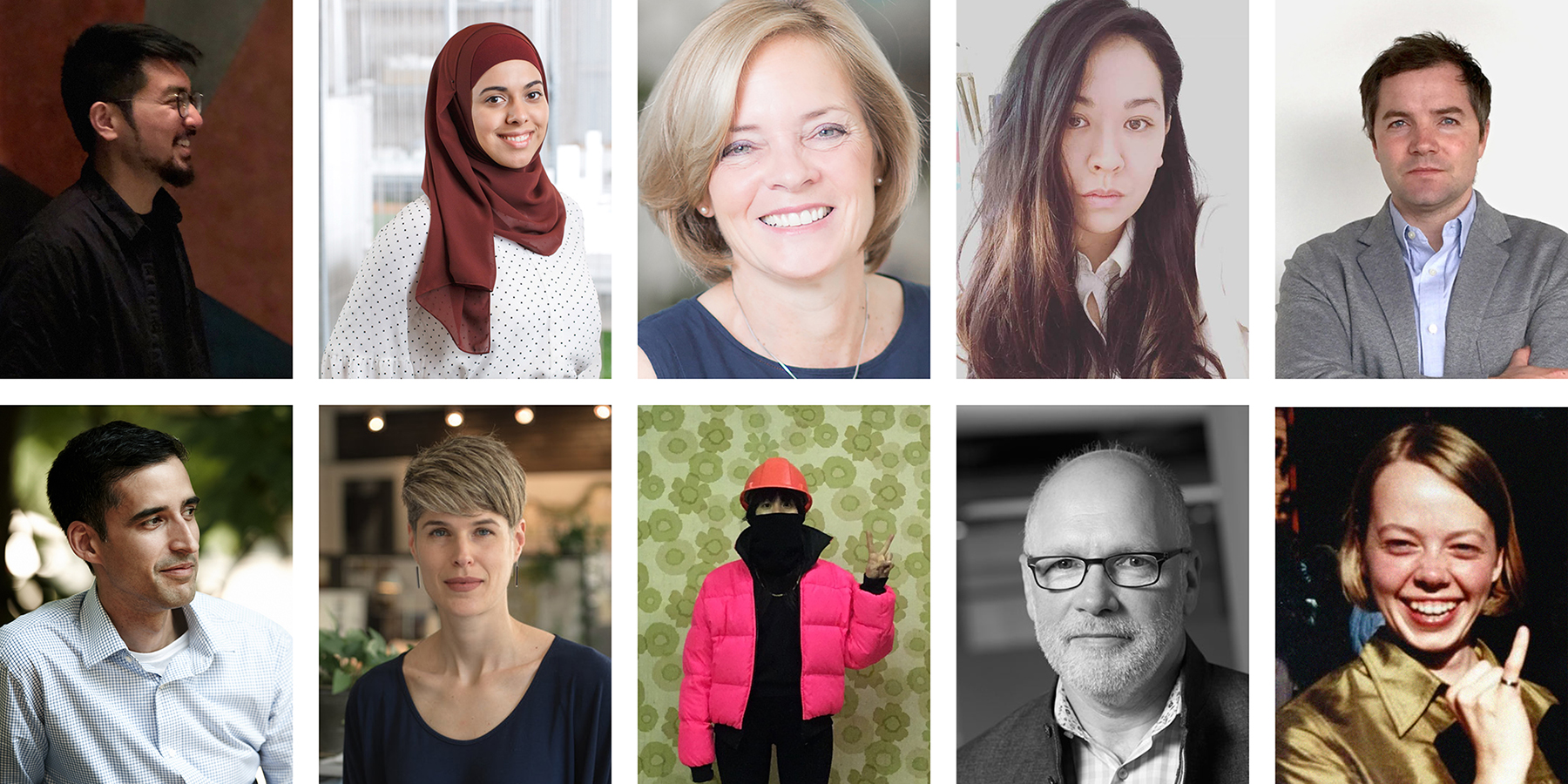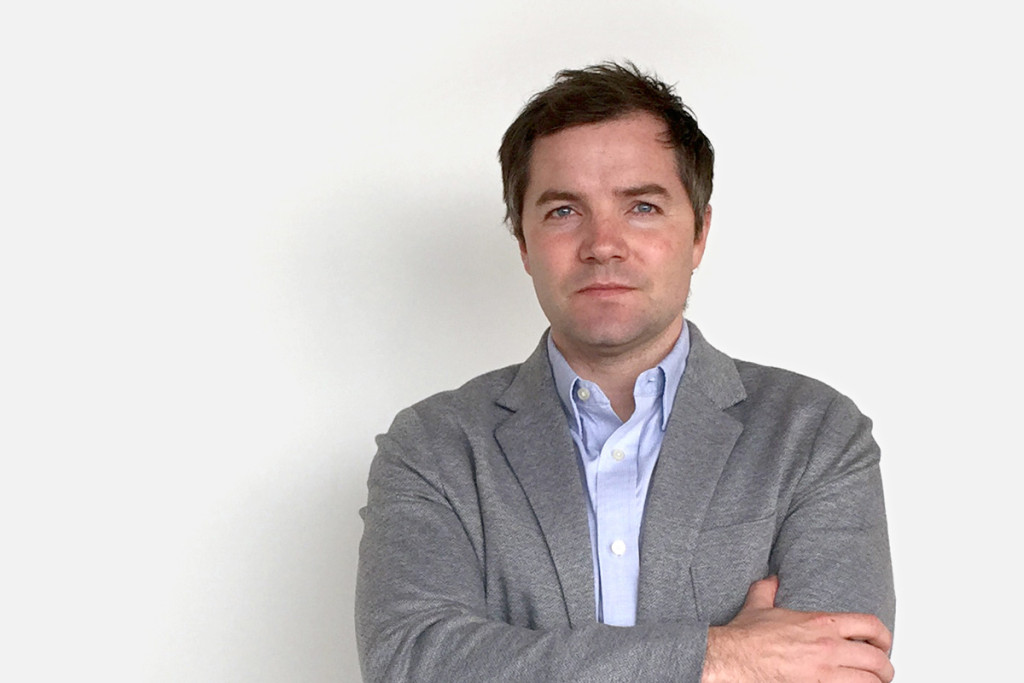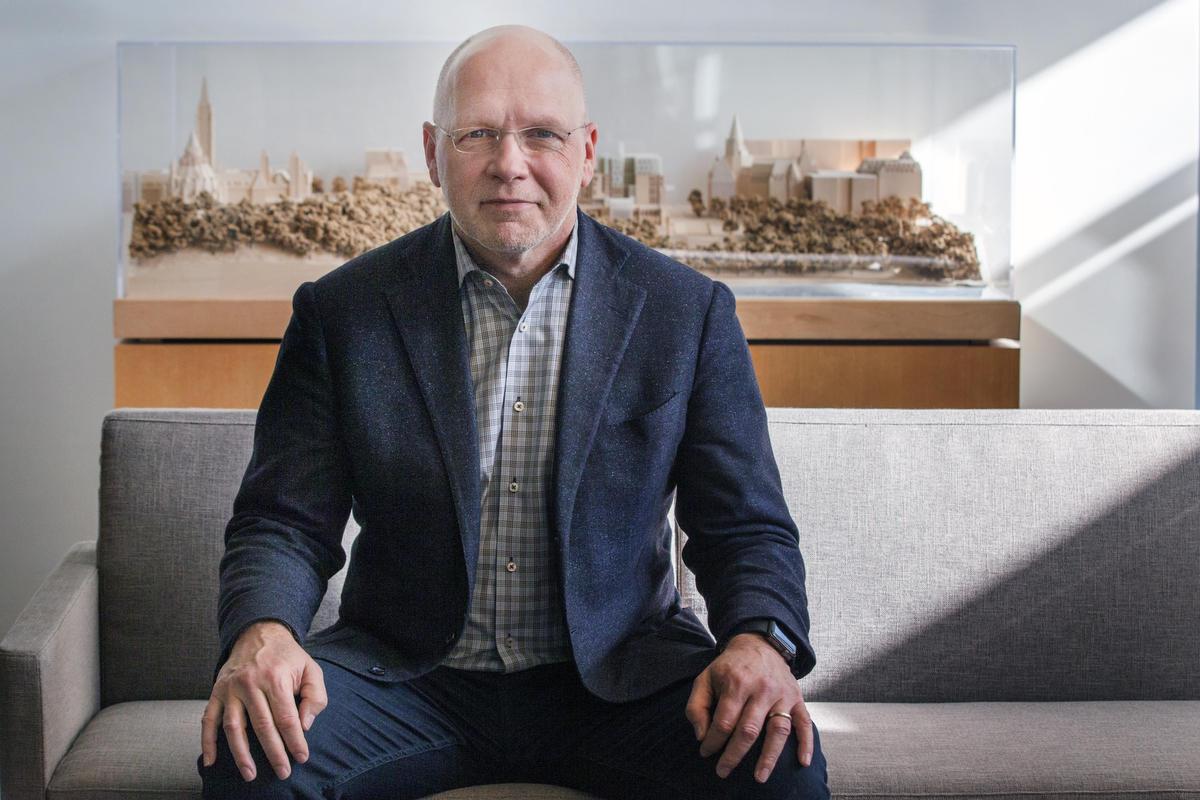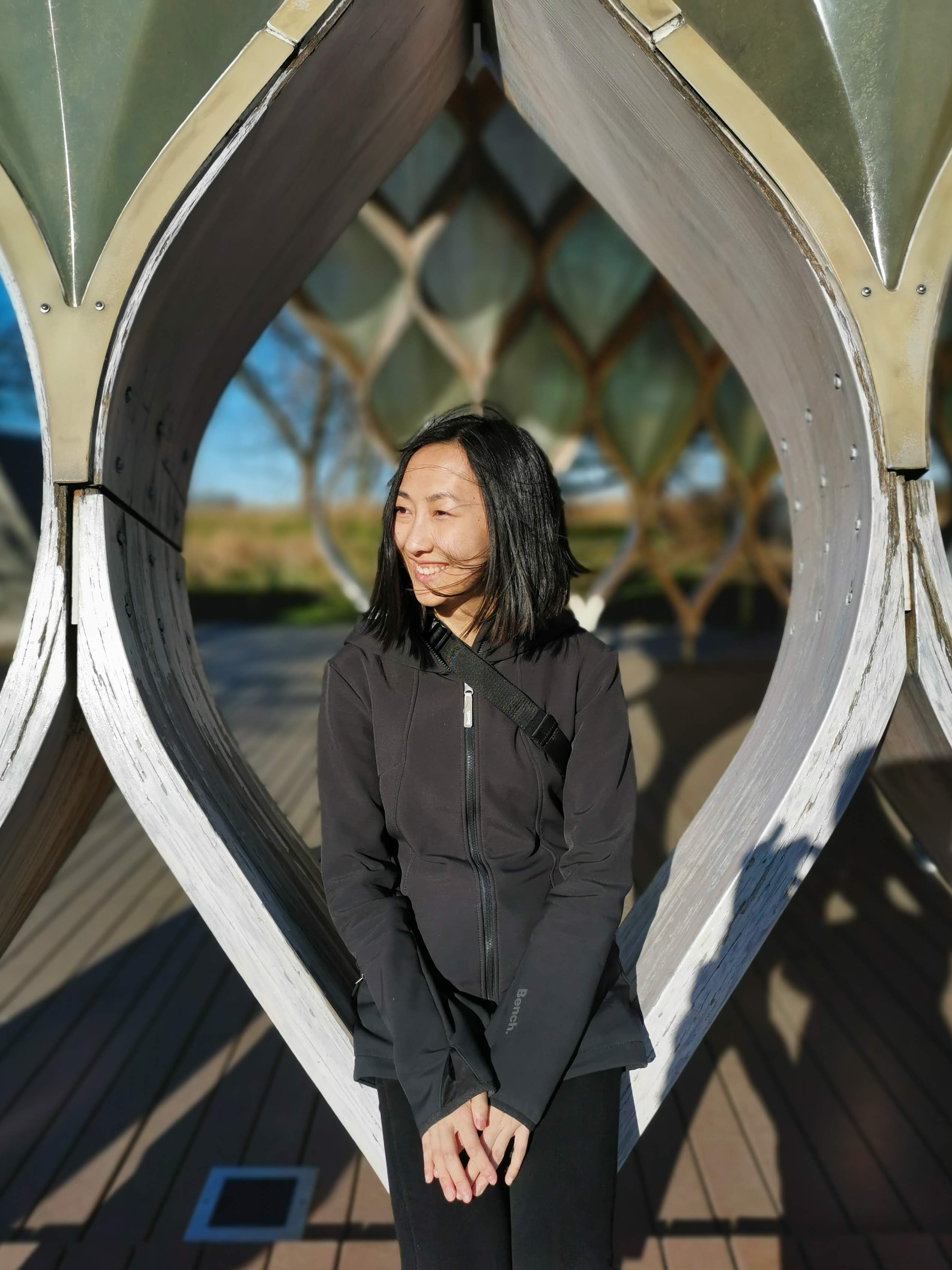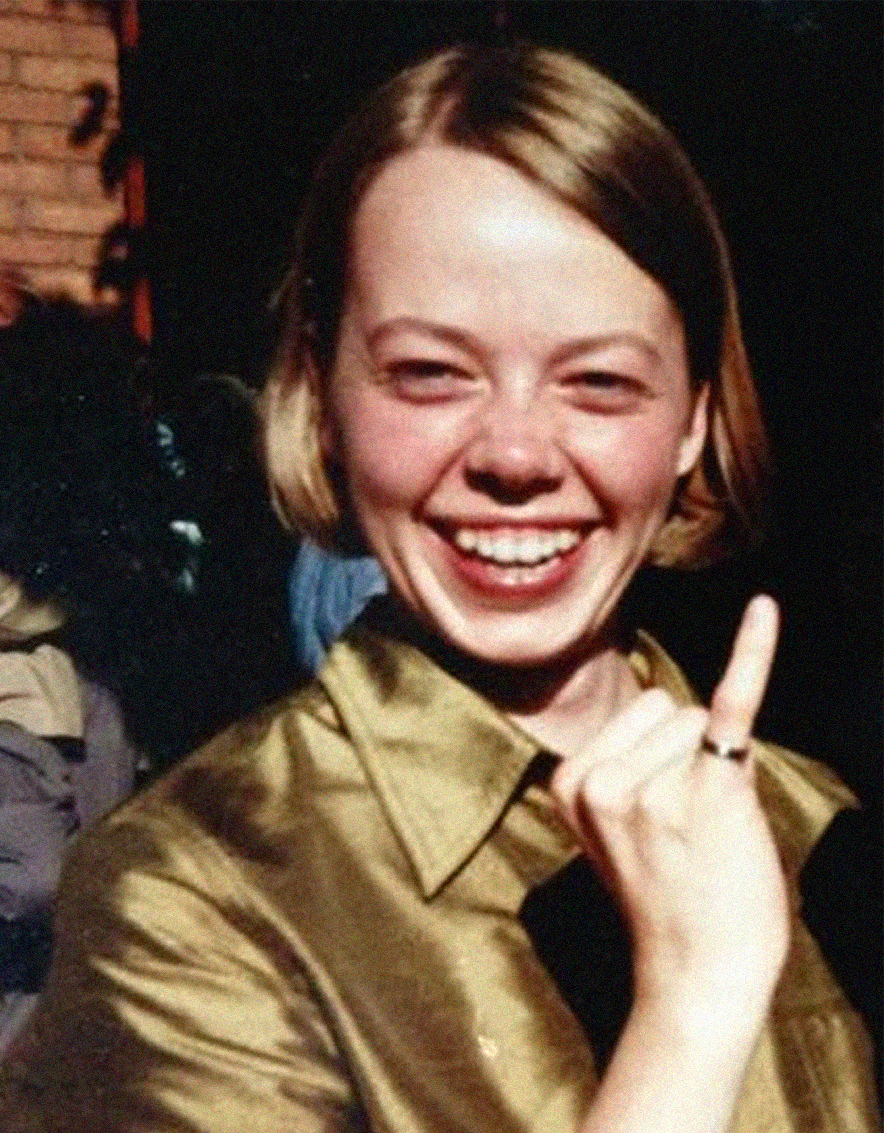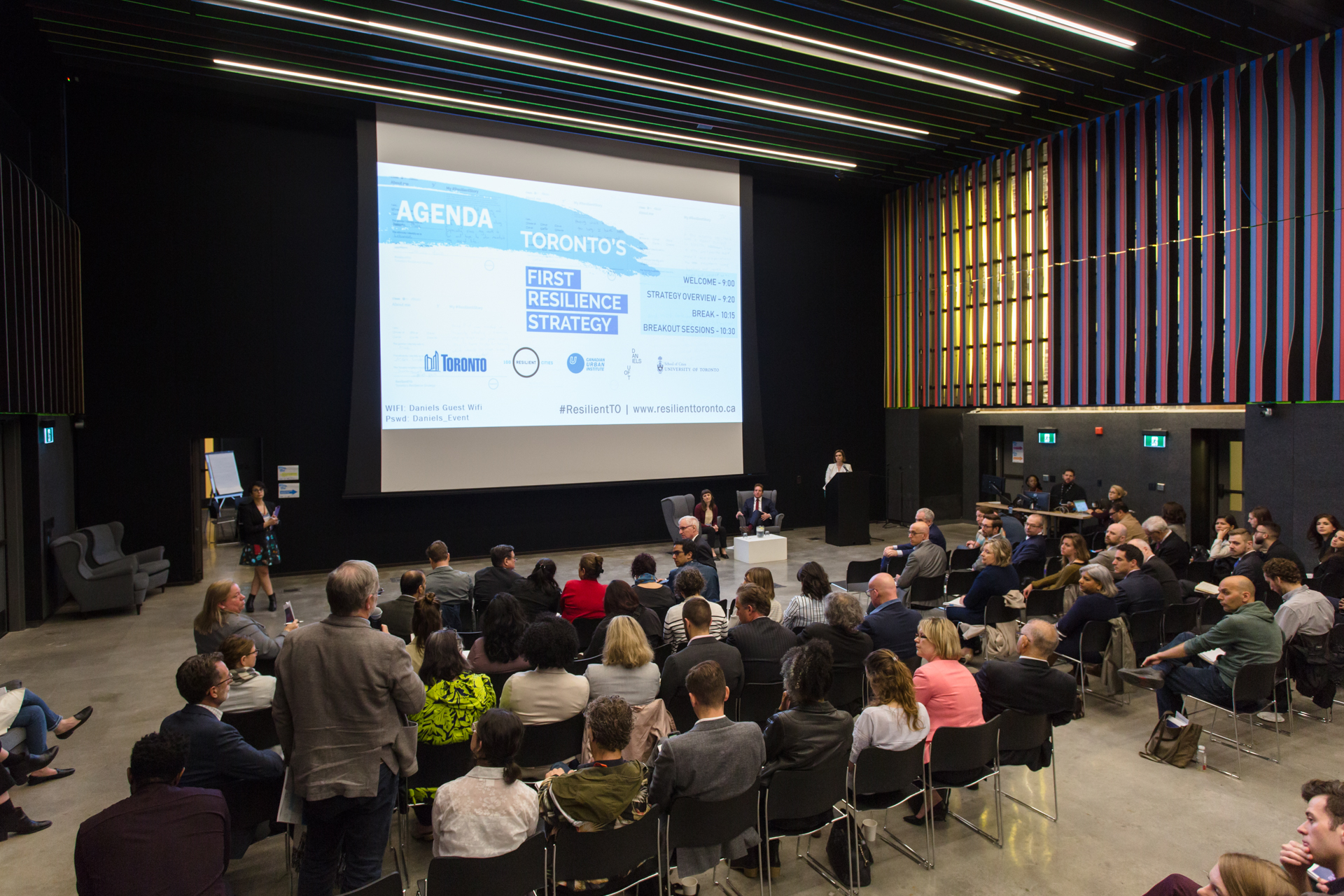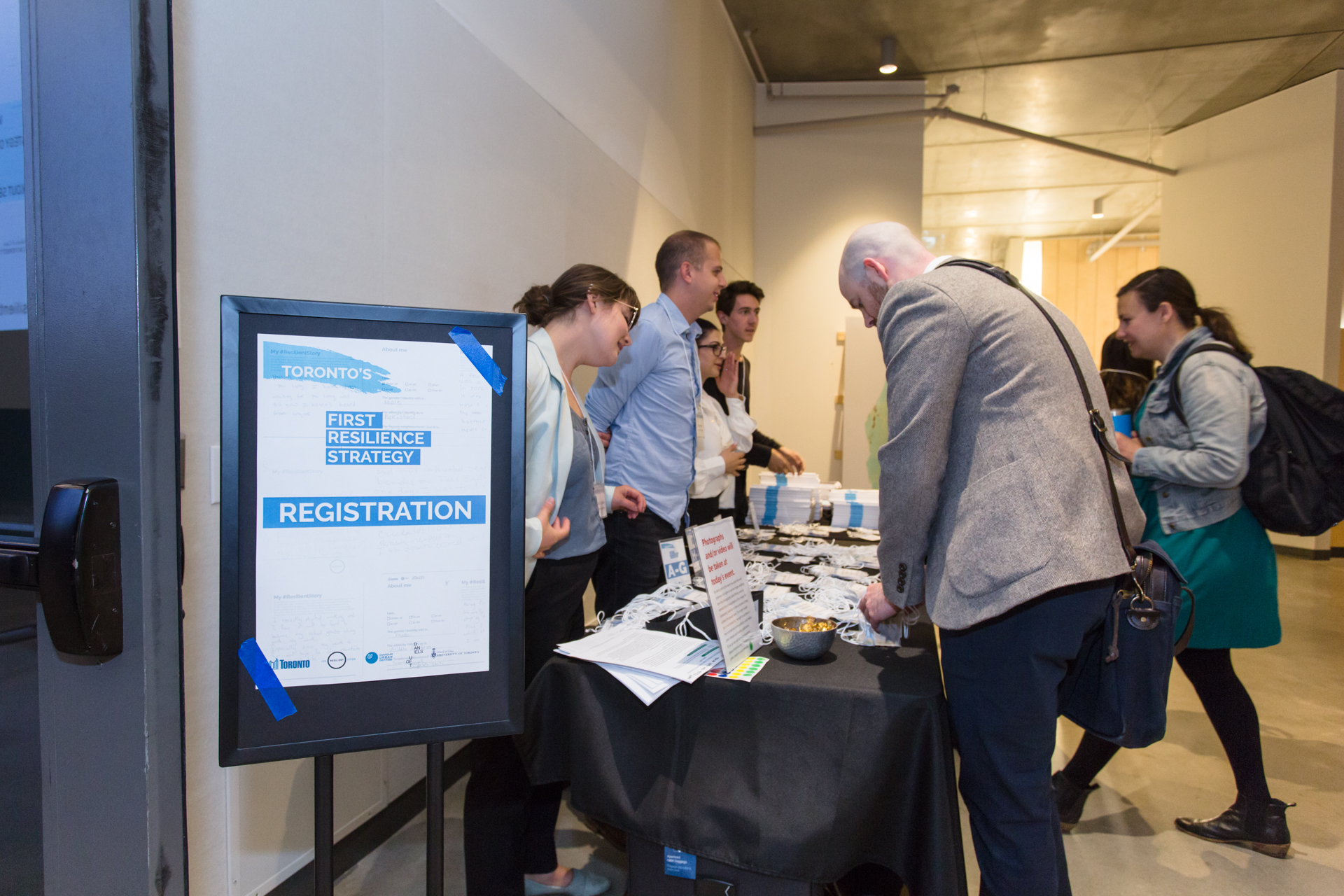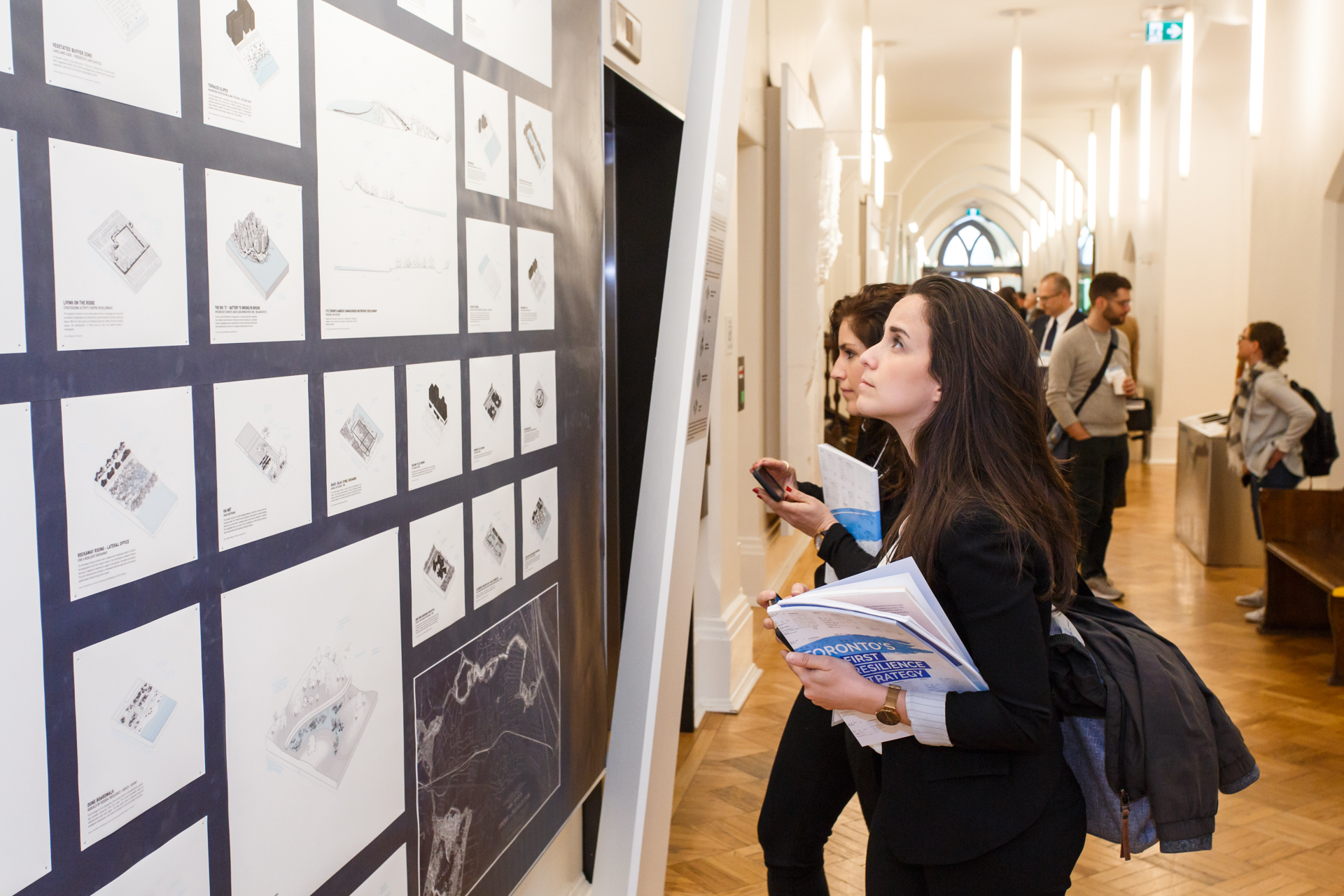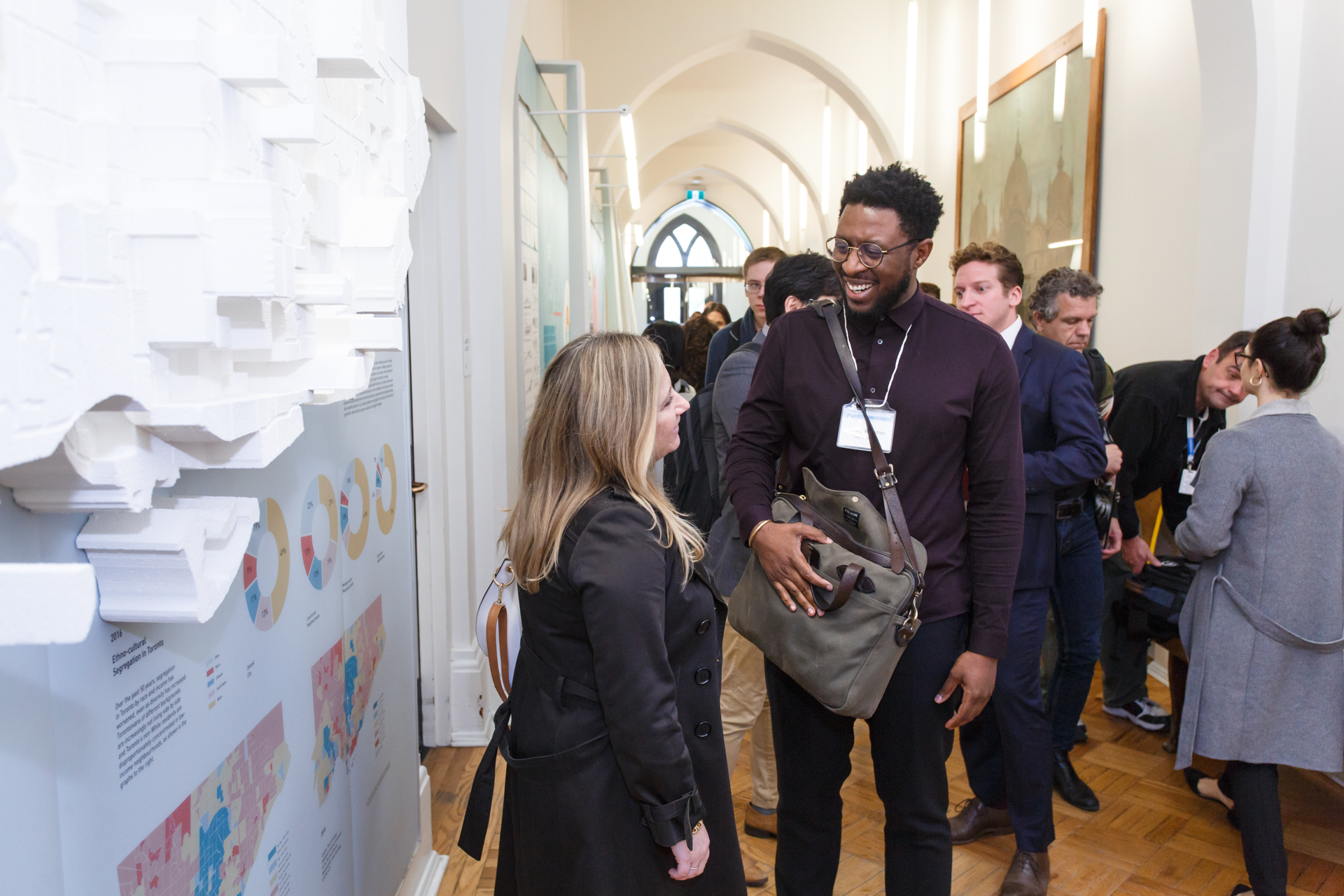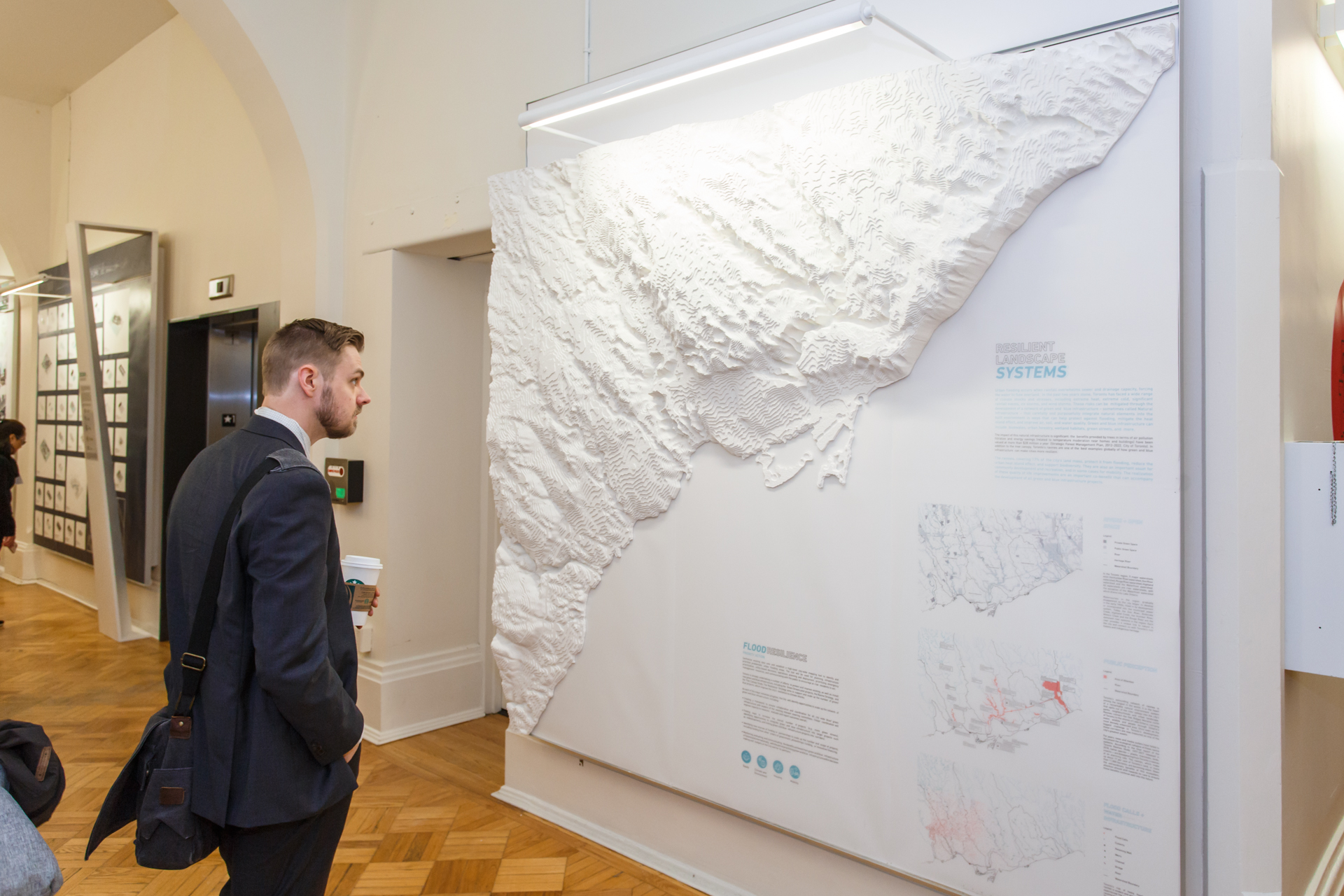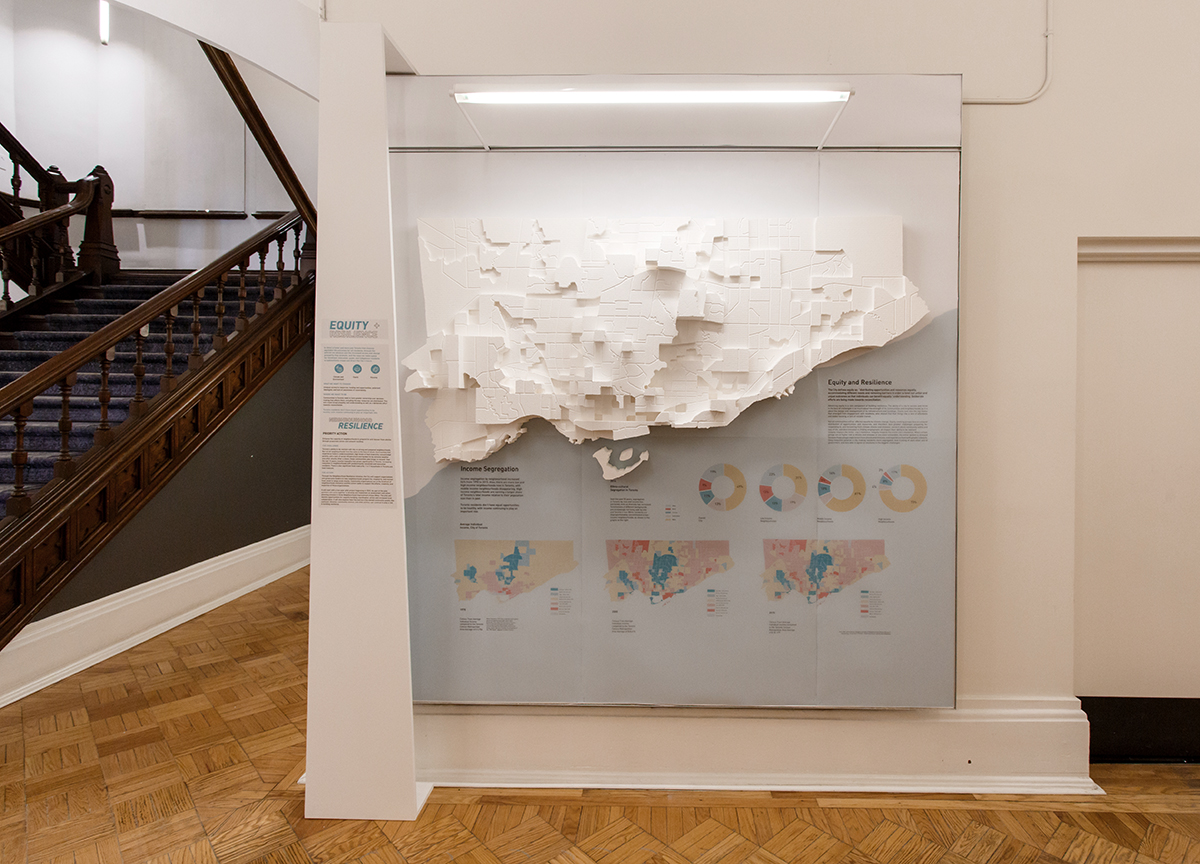
03.09.19 - The Art Museum and the Jackman Humanities Institute present Weather Amnesia, curated by Yuluo Wei
In conjunction with the Jackman Humanities Institute’s 2019-2020 theme of Strange Weather, the Art Museum at the University of Toronto is pleased to present the exhibition Weather Amnesia. Curated by Daniels Faculty Master of Visual Studies (MVS) Curatorial student Yuluo Wei, the exhibition explores our changing environmental conditions through the lens of ten artists’ works and artefacts.
Opening with a reception on Wednesday, September 18 from 4-6pm, the exhibition continues to June 26, 2020 at the Jackman Humanities Institute.
With the onset of global climate change, weather patterns are becoming less predictable and reliable. Living within controlled urban environments, it is easy to forget (and even deny) the abundant evidence of change. The artists’ works included in Weather Amnesia offer visual insight into the profound disruptions that are under way. With strangeness becoming the new normal, the exhibition makes us wonder and think about what kind of future awaits us.

Image, top: Occupy by Tania Kitchell; Image, above: Pregnant Bird by Florence Vale
The exhibition includes works by: Lisa Hirmer, Tania Kitchell, Doris McCarthy, Rick McCarthy, David B. Milne, Graham Noble Norwell, Walter Phillips, Florence Vale, with Mass Timber, a Live Bird Migration Map, and a hygrothermograph.
The exhibition encompasses a broad range of works, including examples of landscape painting as well as contemporary photography and sculptural interpretations of a changing nature. Ranging from 1922 to 2019, Wei’s selection also includes works rarely seen from the University of Toronto Art Collection, the Hart House Collection and the University College Collection. Together, they stimulate considerations of humanity’s past and current relations to nature and on climate, and observe both, the effects of environmental degradation and the potential for collective response.
Presented in conjunction with the Jackman Humanities Institute’s 2019-2020 research theme Strange Weather.
About Yuluo Wei:
Yuluo Wei entered the MVS Curatorial Studies program at the Johh H. Daniels Faculty of Architecture, Landscape, and Design with an economics and business background. Her passion for contemporary art stems from her work at the Robert Langen Art Gallery at Wilfrid Laurier University. The encounter with an abundance of artistic resources and the strong humanities focus on campus drew her into pursuing curatorial study. Yuluo was Youth Advisor to the Board of Directors for Art Awards Waterloo Region in 2017, and has been a writer and translator for the China Central Academy of Fine Arts since 2018. She assisted in curating the Chinese contemporary art exhibition emergence (Toronto, 2018) with Emerging Young Artists (EYA), and is currently collaborating with the Jackman Humanity Institute for its annual exhibition (Strange Weather, 2019-2020). In her research, she is interested in overlooked narratives embedded in myths, legends, and fairytales in a cross-cultural context. She is the 2019 recipient of the The Reesa Greenberg Curatorial Studies Award at the University of Toronto.
Opening Reception:
Wednesday, September 18, 2019, 4-6pm
Visitor Information:
September 18, 2019 – June 26, 2020
The Jackman Humanities Institute
170 St. George Street, 10th Floor
Monday to Friday, 9 am – 4 pm
Free and open to the public
For more information, please visit the Art Museum's website.
Media Contact: Sam Mogelonsky, sam.mogelosky@utoronto.ca
About the Art Museum at the University of Toronto:
The Art Museum is comprised of the Justina M. Barnicke Gallery (Hart House) and the University of Toronto Art Centre (University College). Located just a few steps apart, the two galleries were federated in 2014 and began operating under a new visual identity as the Art Museum at the University of Toronto, one of the largest gallery spaces for visual art exhibitions and programming in Toronto. Building on the two galleries’ distinguished histories, the Art Museum originates and organizes an intensive year-round program of exhibitions and events that foster—at a local, regional, and international level—innovative research, interdisciplinary scholarship, and knowledge of art and its histories befitting Canada’s leading university and the country’s largest city.
About the Jackman Humanities Institute:
The JHI advances humanities scholarship, generates interdisciplinary ways to understand human experience, and provides opportunities for scholars to learn from each other by creating new research and study networks (both virtual and physical) that complement and go beyond the mandates of individual disciplines, providing funding to faculty members to bring arts and humanities out of the classroom and into the public domain through events and exhibitions and offering scholarships to students and faculty at all career stages from all three University of Toronto campuses and other universities. We enable humanities research to reach outside the university walls and engage with the wider public.
The Institute's activities provide both graduate and undergraduate students with opportunities for one on one interaction with world-renowned humanists. In its focus on collaborative scholarship across academic boundaries, the Jackman Humanities Institute is designed to stimulate interaction among scholars, providing further impetus for innovative teaching and research projects. Through its breadth and inclusiveness, the Institute promotes the University of Toronto's participation as a leader in the humanities. The Jackman Humanities Institute is a member of the Consortium of Humanities Centers and Institutes.
Our Supporters:
The Art Museum gratefully acknowledges the operating support from the Canada Council for the Arts and the Ontario Arts Council, with additional project support from the Jackman Humanities Institute


